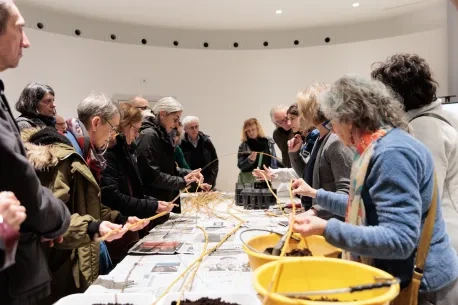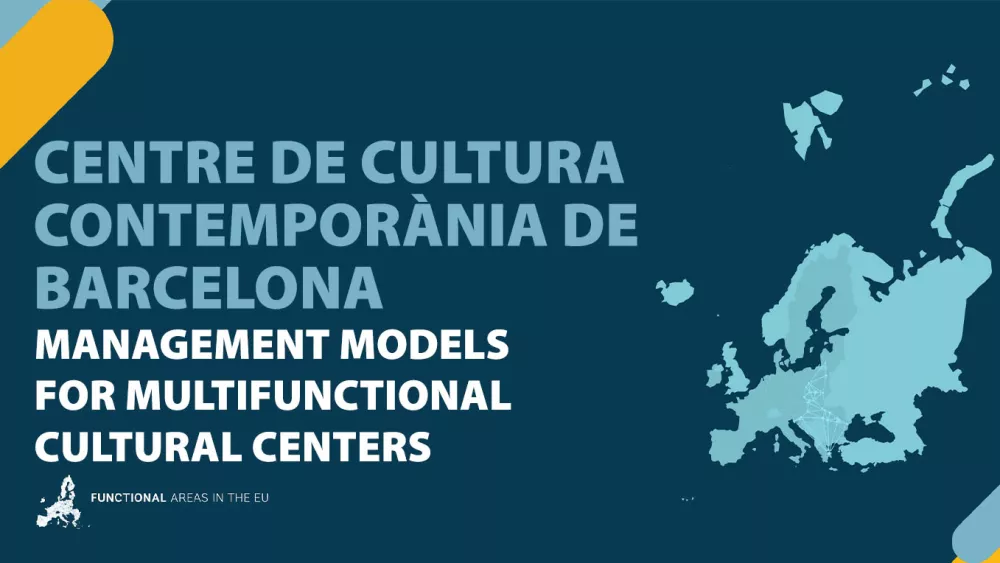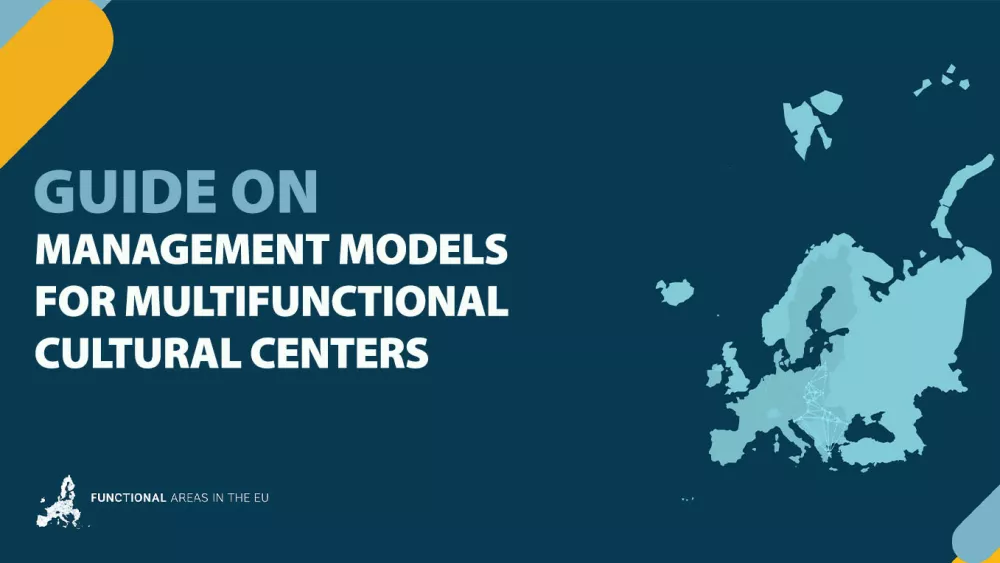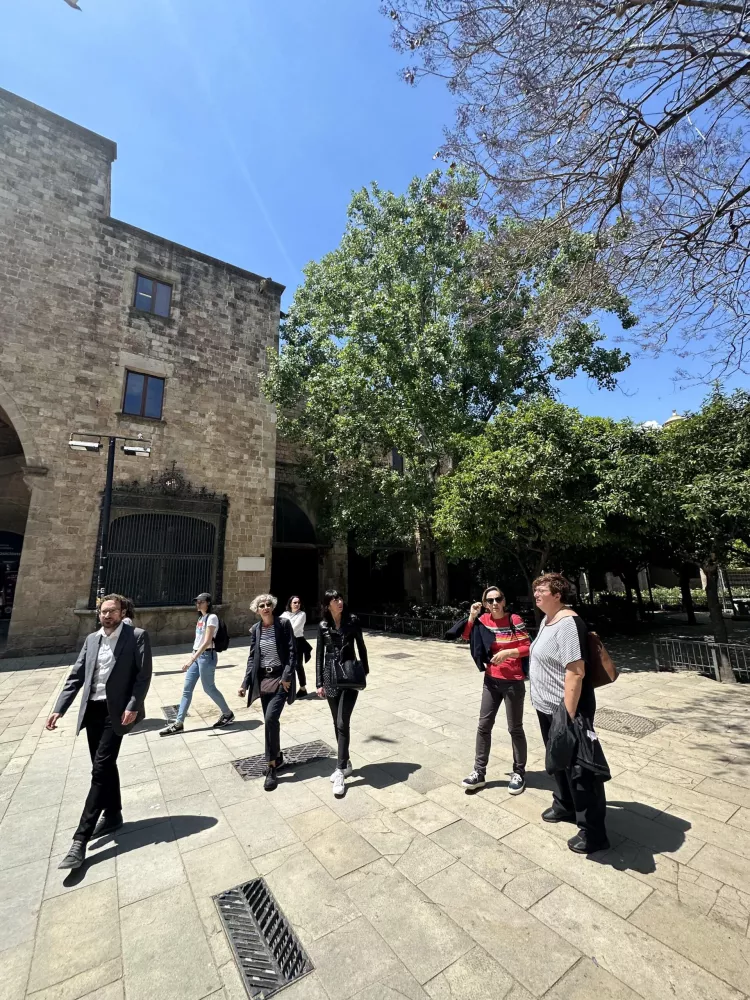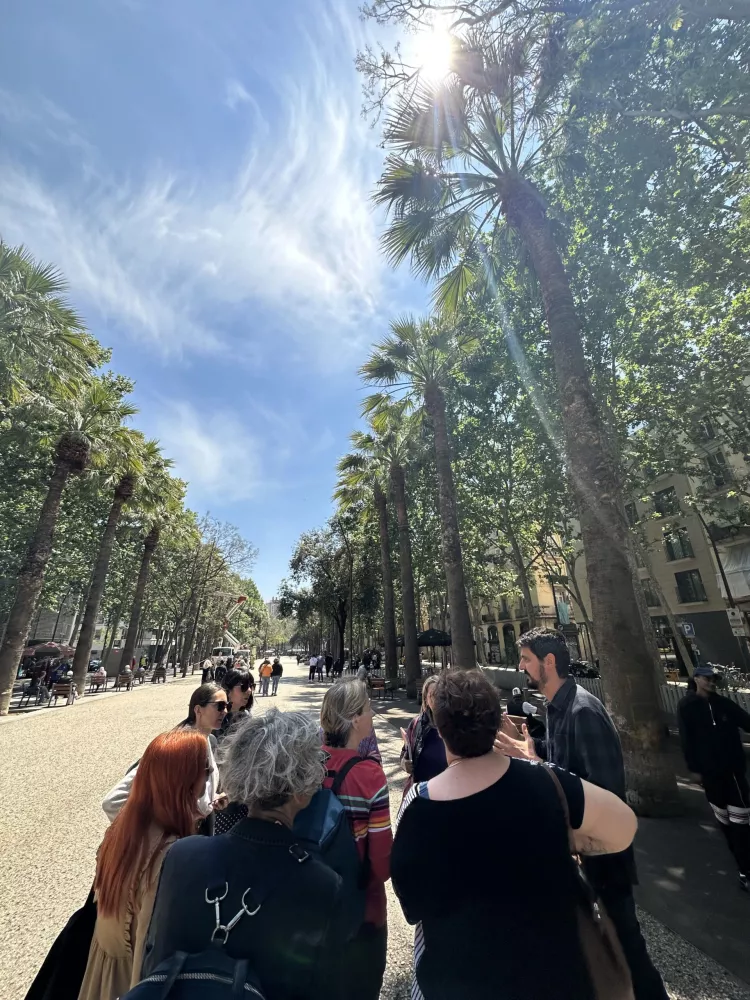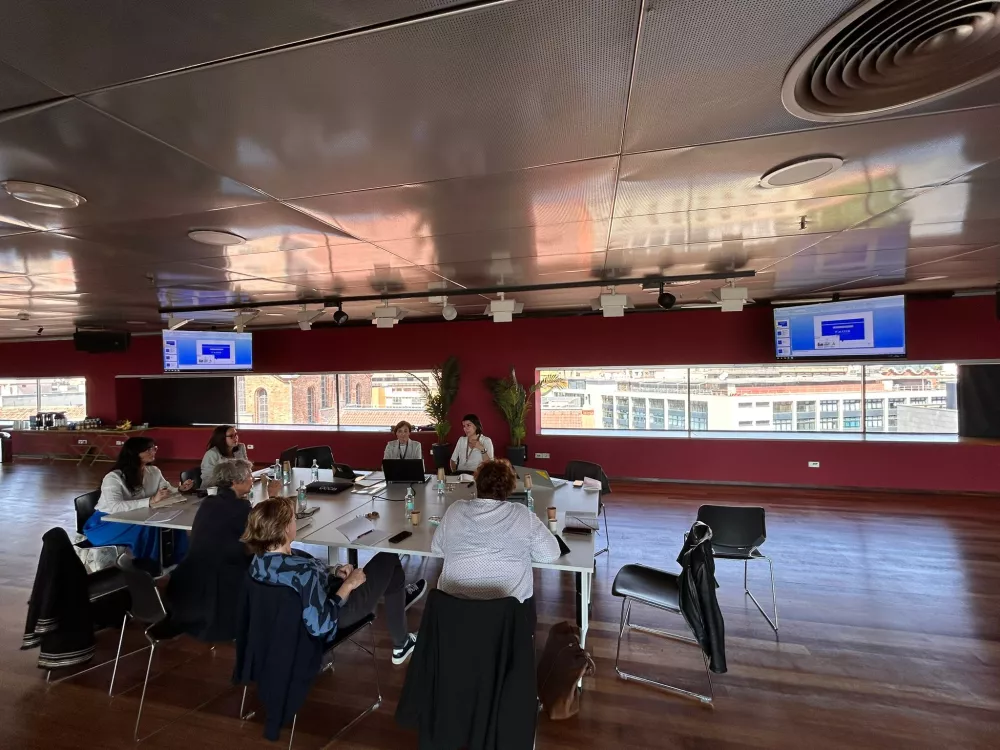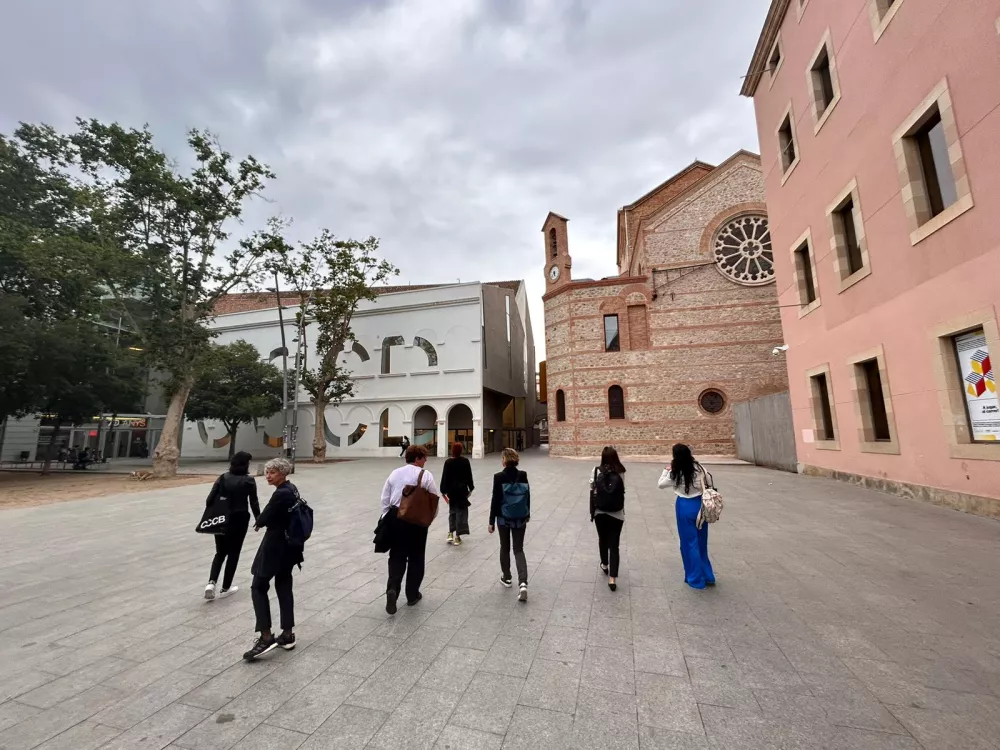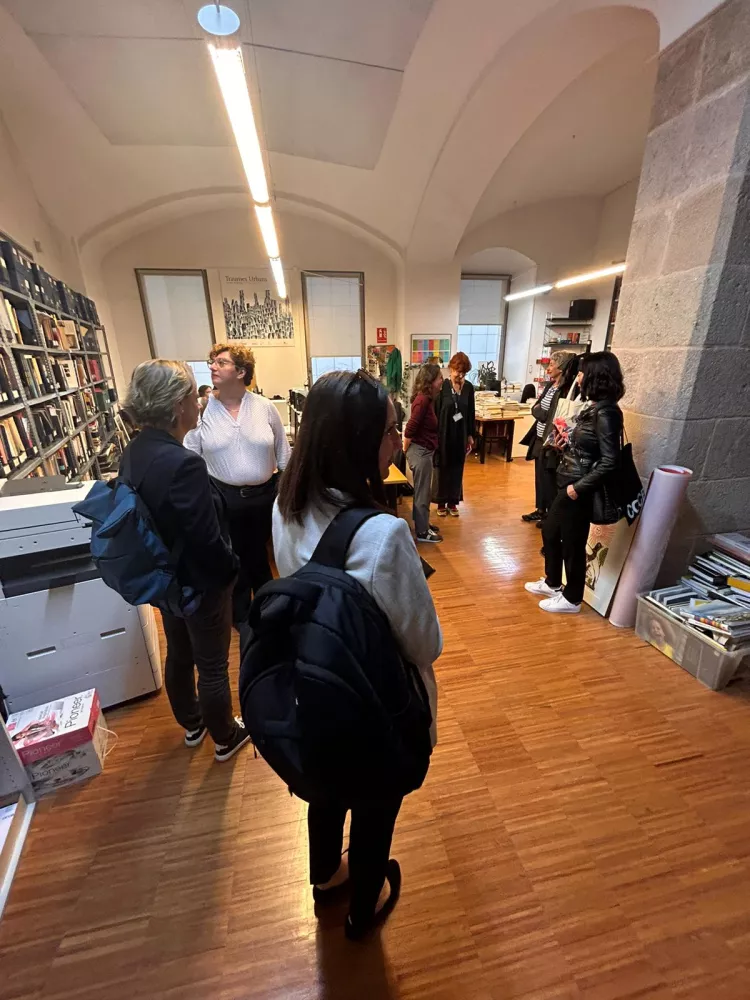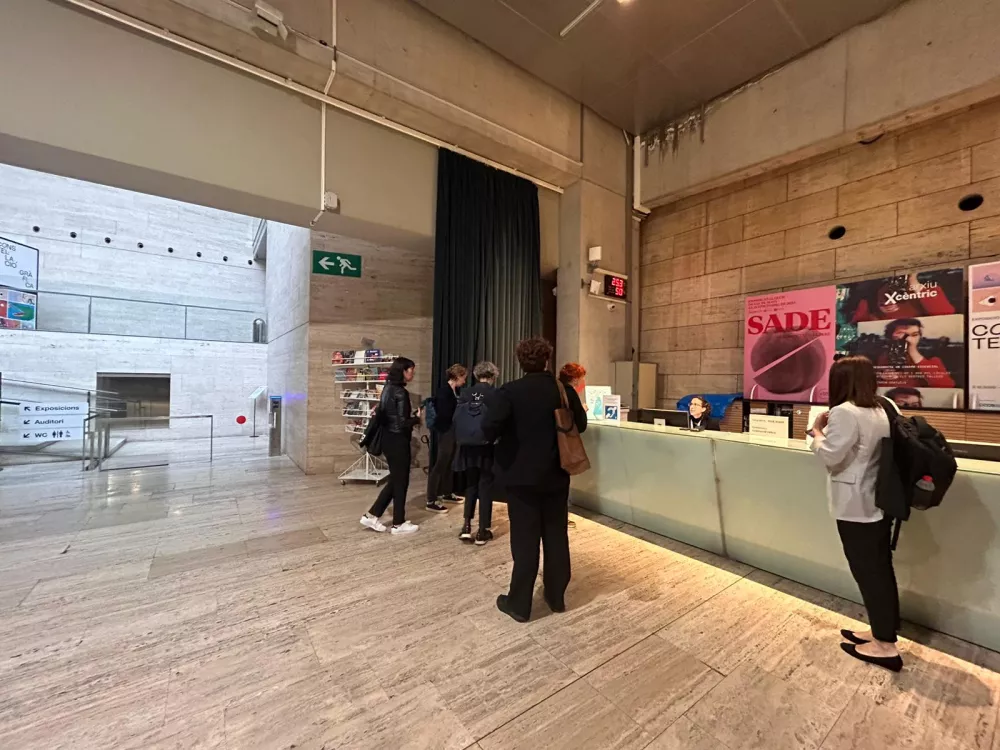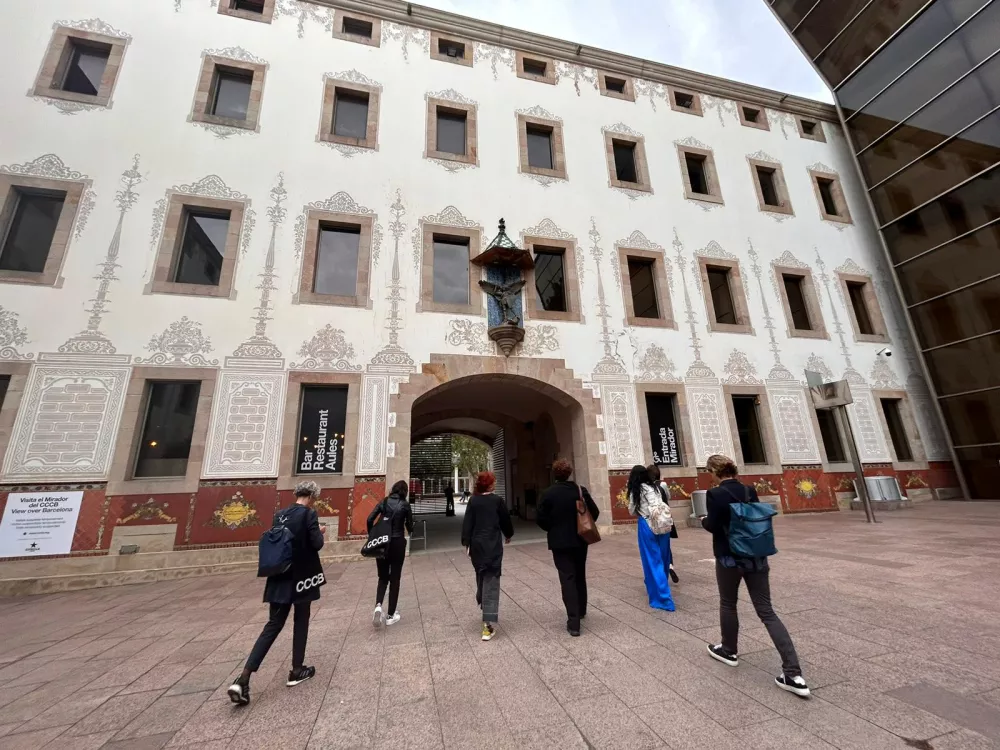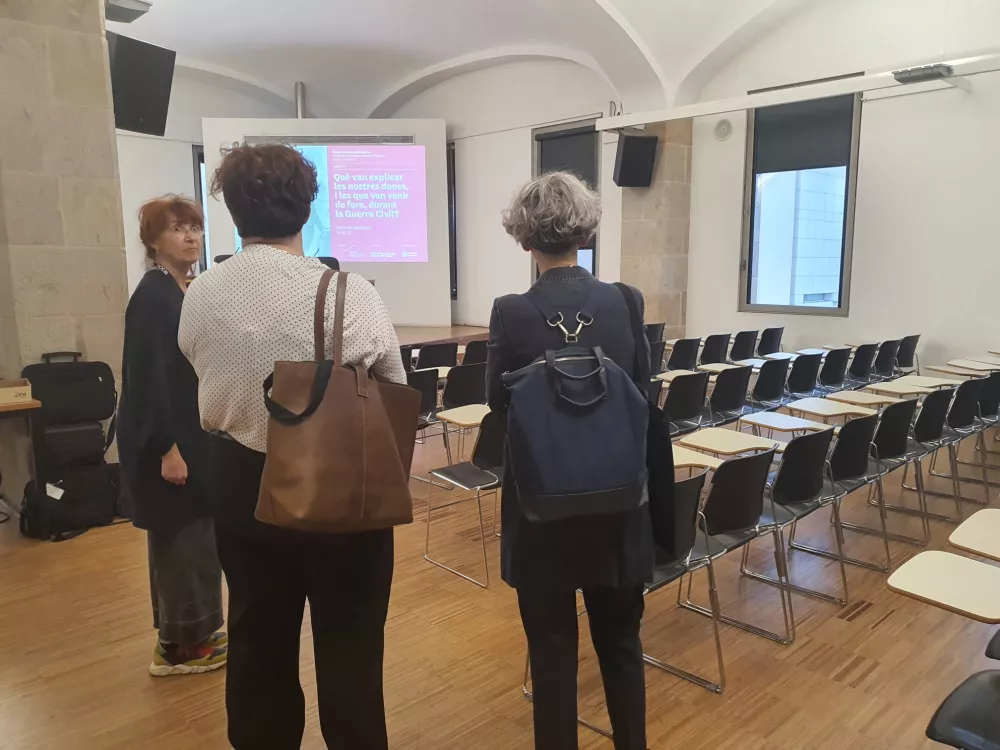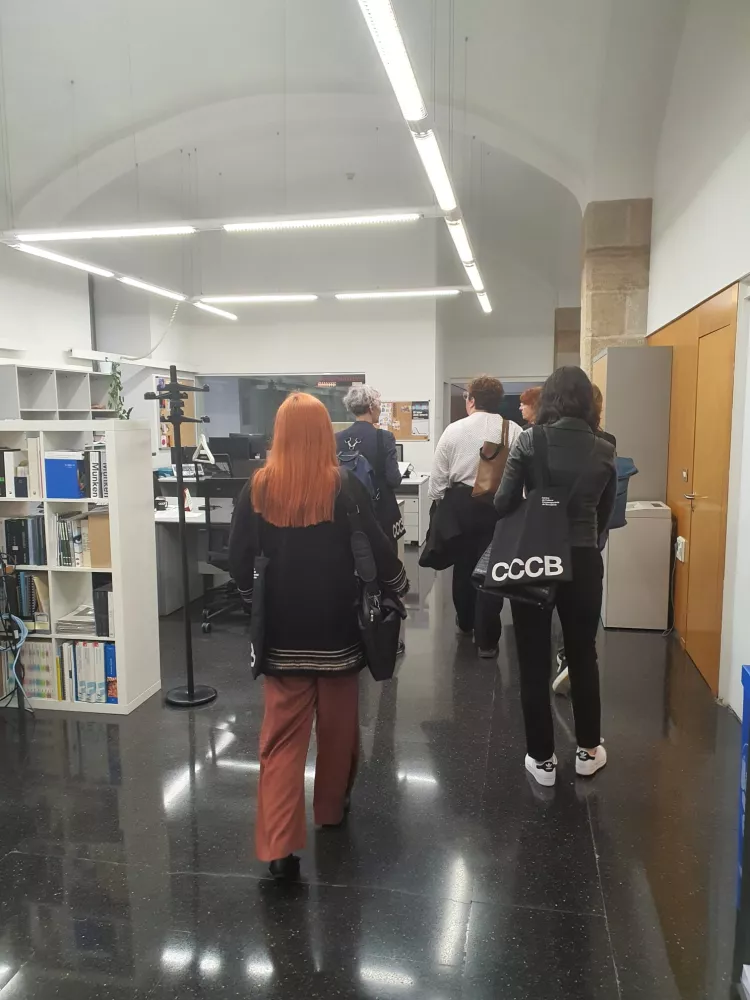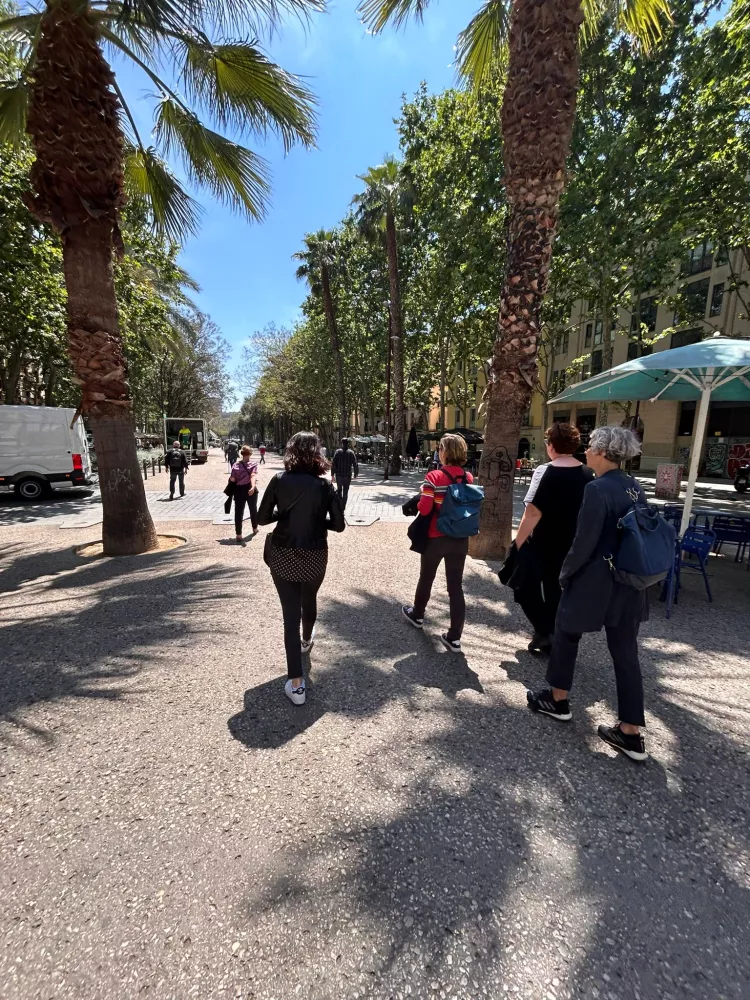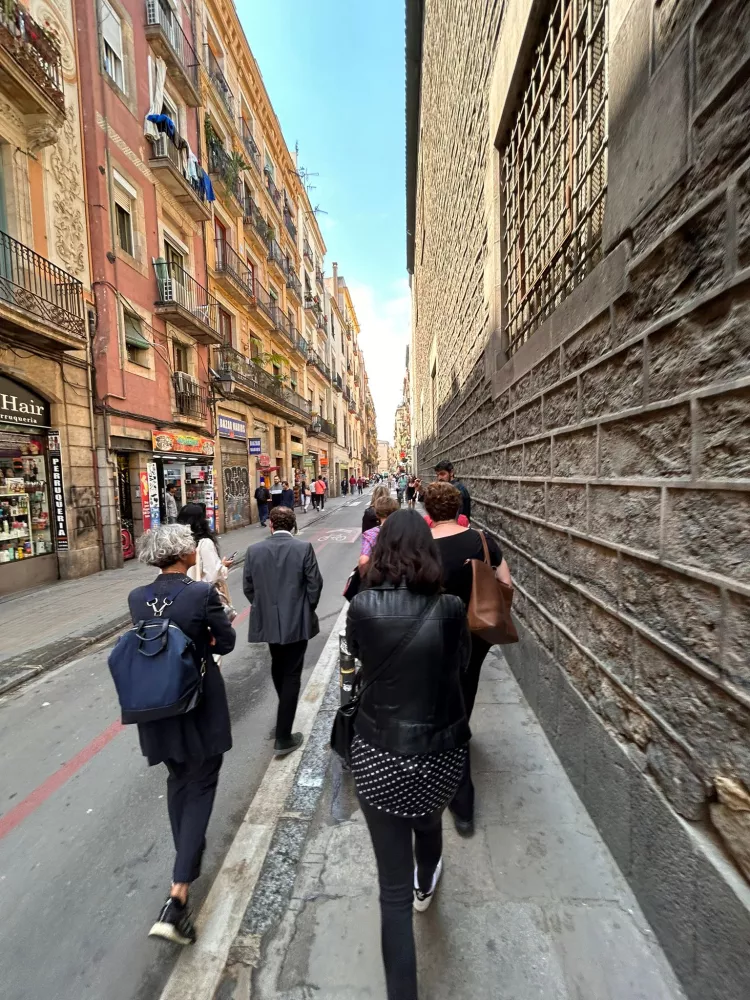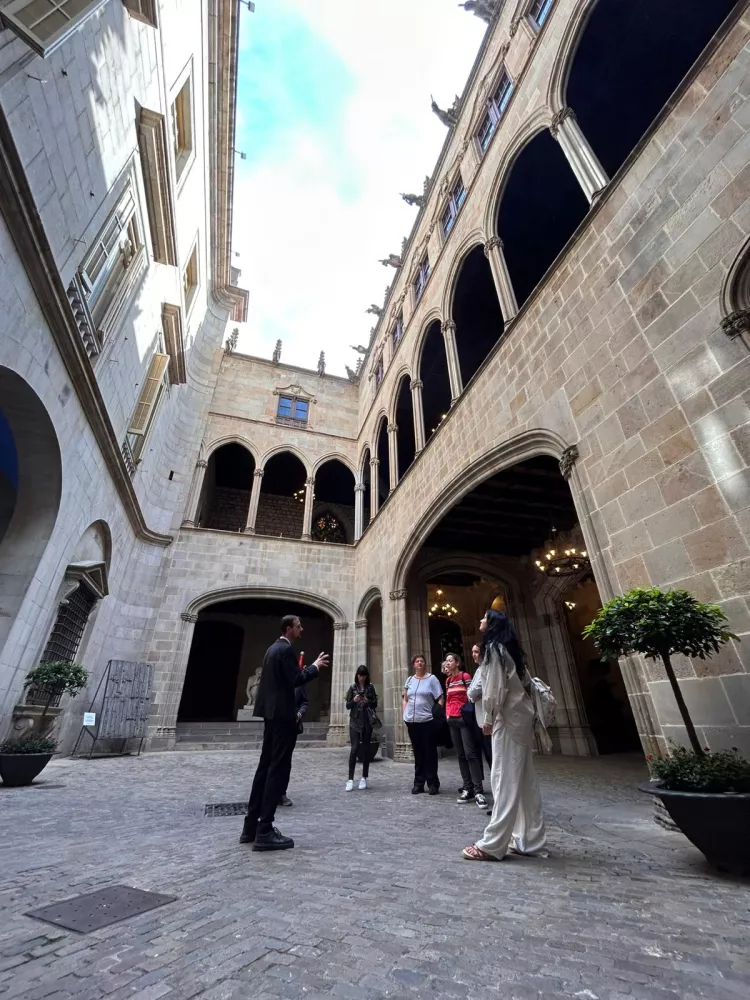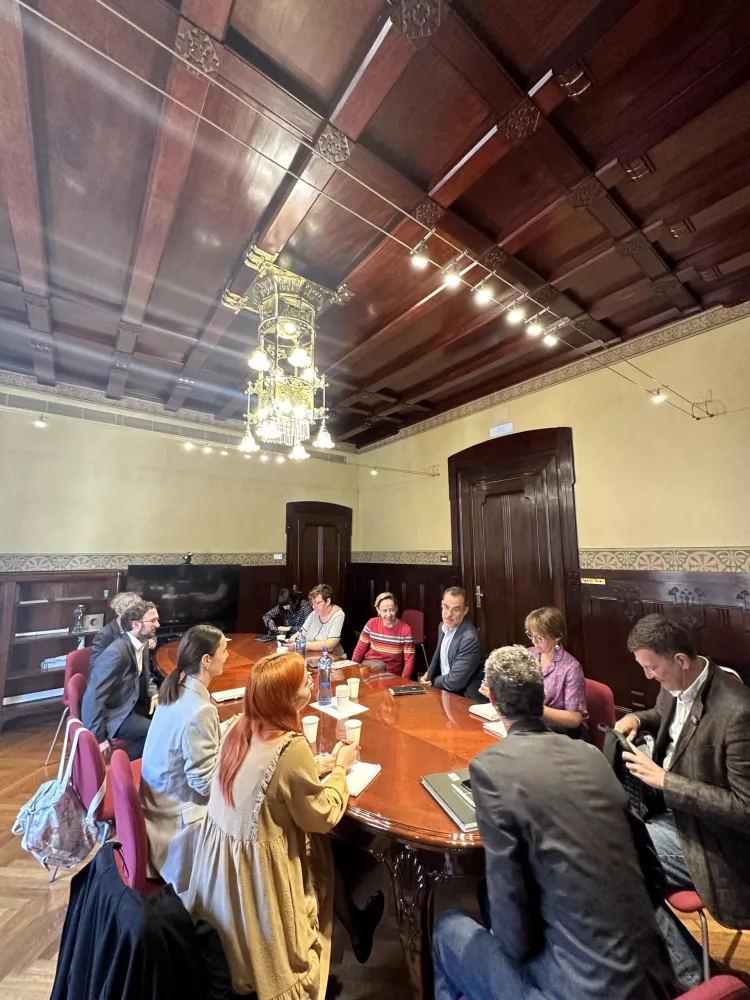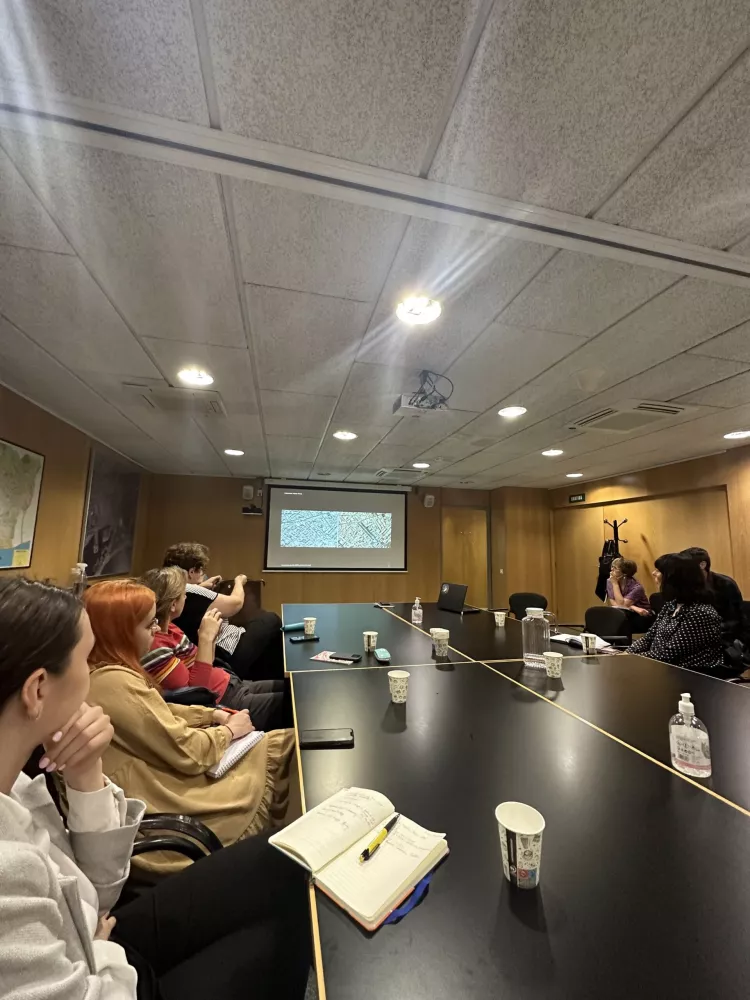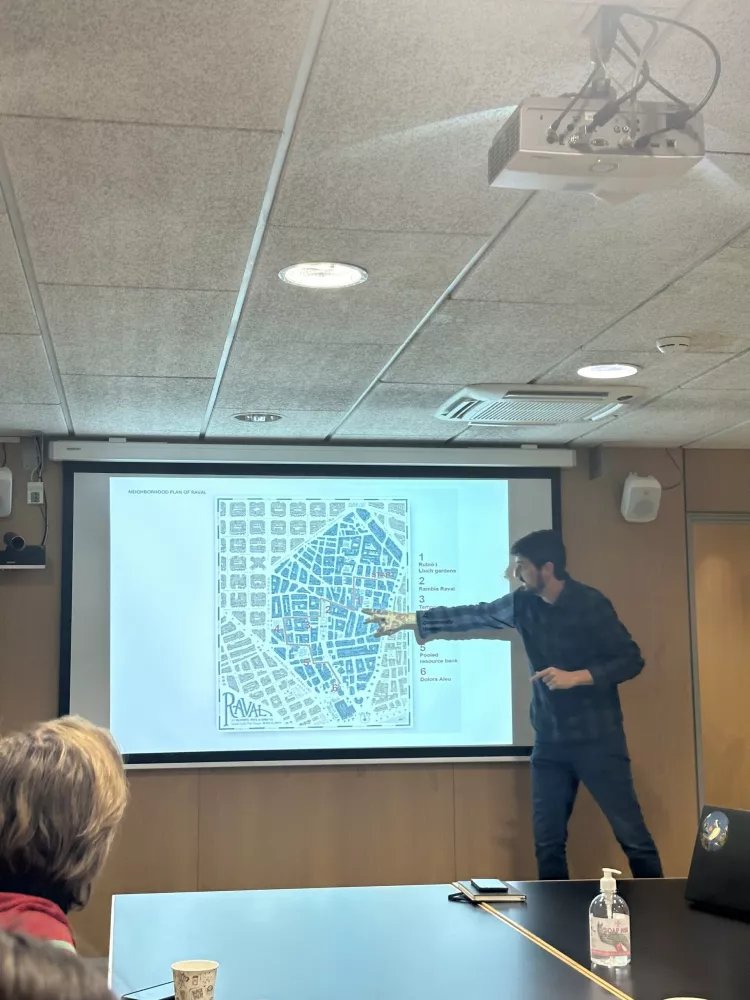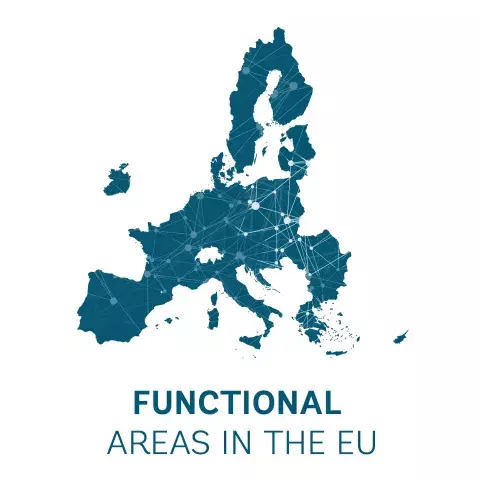TAIEX-REGIO Study Visit between Barcelona and Zagreb
TAIEX-REGIO Study Visit between Barcelona and Zagreb
The Centre de Cultura Contemporània de Barcelona (CCCB) and the City of Barcelona have fostered a two-day study visit for Zagreb Urban Agglomeration, aimed at facilitating know-how transfer and experience sharing through the TAIEX-REGIO Peer2Peer program. The focus of this exchange was to understand, from an already experienced entity (CCCB), how to optimize the management & governance of a cultural center, what equipment investments to make , what activities to organize to maintain the attractiveness and to use the space at maximum capacity, etc. Further topics of importance included urban regeneration projects implemented by the city at neighborhood level to improve quality of life, participation, and increase the affordable and social housing stock. As such, the experience exchange covered a physical study visit in Barcelona, allowing participants to learn from the hosts’ experiences on the ground.
The event kick-started with introductions from both parties and with the representatives of the Urban Agglomeration Zagreb (UAZ) presenting their flagship project, the Zagreb City Library and Culture Center Paromlin. Additionally, they provided an overview of the state of play for UAZ, financing through EU funding, integrated territorial investment mechanism, blending, and the development of management models, challenges, and open issues. Following this, the hosts of the event began with a presentation on the development plan of the CCCB. The presentation covered critical topics such as urban planning, architecture, and construction design, as well as the various stakeholders involved in the project. We also discussed the financing of the project execution, sources, timeline, and challenges. Furthermore, the presentation included essential topics such as the CCCB’s management model, which encompasses organization, administration, and program management, and funding and operational costs, including infrastructure maintenance, staff costs, program costs, and revenue-generating activities. To conclude the first day, the hosts organized a tour of the CCCB. The tour provided participants with an opportunity to experience the organization’s operations and activities firsthand.
On the second day of the TAIEX visit between Barcelona and Zagreb, a meeting was held with representatives of the Municipality to exchange good practice. The topics discussed included housing policy/rental housing policy, territorial governance, and the case of Ciutat Vella. Later, a presentation was given on the urban regeneration project aimed at requalifying the Raval area. Attendees had the opportunity to discuss the various initiatives in the area contributing to urban renewal and revitalization. Finally, participants had a chance to visit the Raval area and observe the initiatives discussed in the presentation. Overall, the visit was informative and productive, and we anticipate continued collaboration between Barcelona and Zagreb.
The TAIEX-REGIO Presentations:
You can access the Barcelona CCCB case study, as well as our Guide on Management Models for Cultural Centers below:
About this resource
In 2021, the European Commission launched a pilot project to improve functional area approaches in the EU and has partnered with the World Bank to implement this initiative. As part of the project, the project team collaborated with 12 functional areas from seven EU countries, providing them with tailored technical support and assistance: Zagreb Urban Agglomeration (Croatia), Brno Metropolitan Area (Czech Republic), West Athens (Greece), Lake Balaton Area (Hungary), Kalisz-Ostrów Agglomeration, Kraków Metropolitan Area (Poland), Jiu Valley and Jiu Conurbation Functional Area, Caraș-Timiș Functional Area, Cluj Metropolitan Area, Oradea Metropolitan Area, West Ialomița Functional Area (Romania), and Trenčín Functional Area (Slovakia).
Similar content
